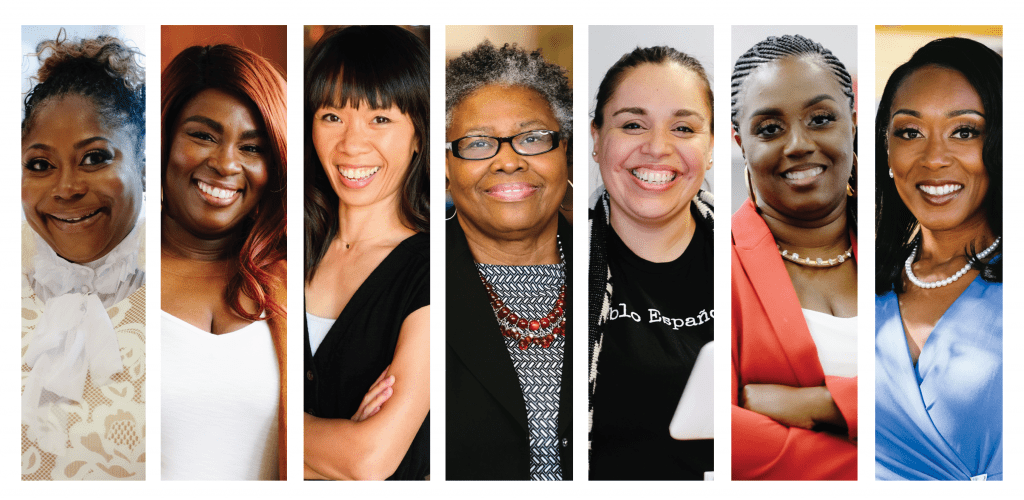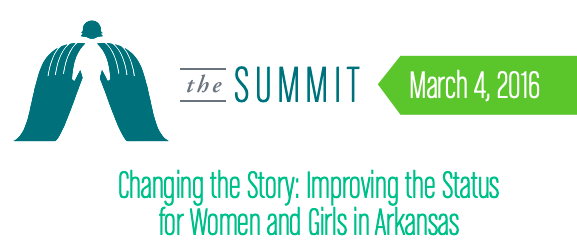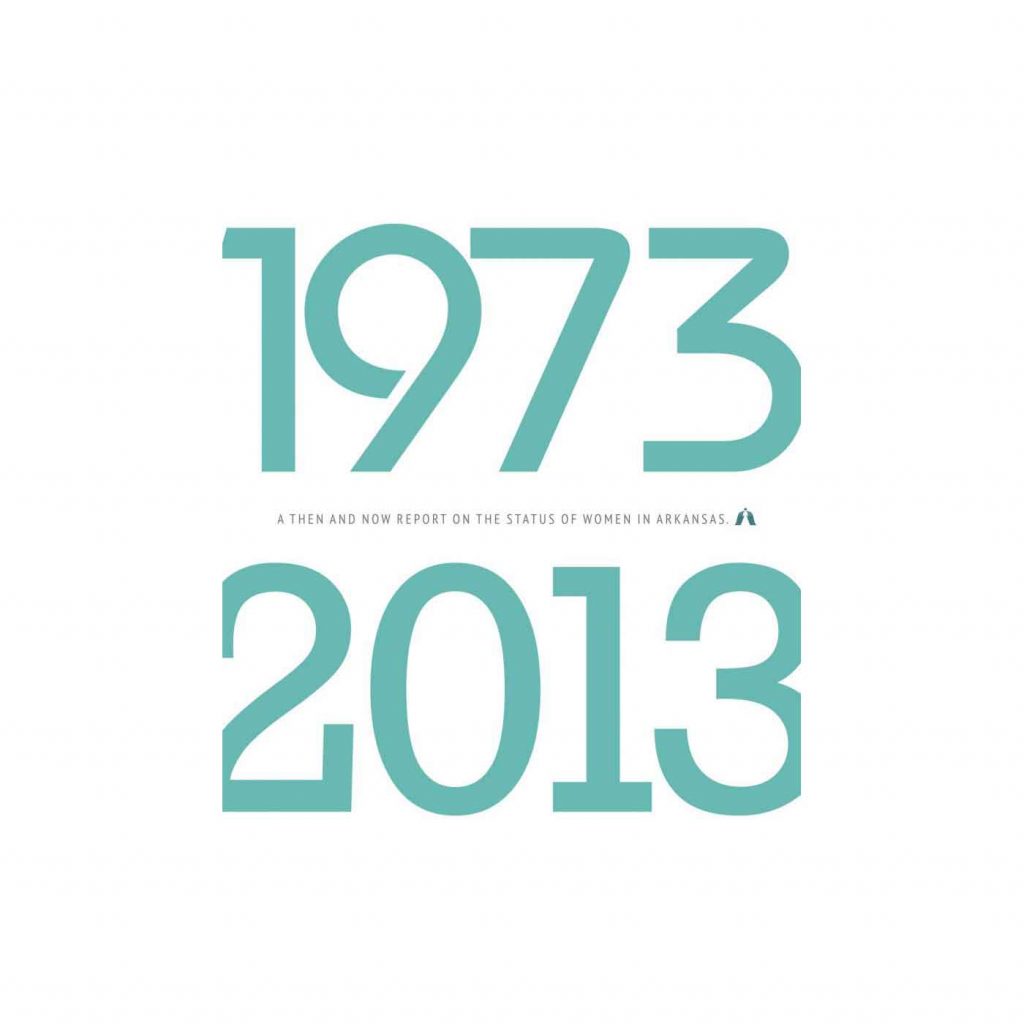Research
"Nevertheless, She Persisted."
Check out our research below.
Color & Gender
How race impacts economic opportunity
Economic Impact
What women really want- Capital.
Generations of Women
Discovering how girls everywhere are lowering the filling the gap in income.
About
WFA
WFA is a research focused non-profit. Learn more about our research.
Women of Color Business Owners and Entrepreneurs in Arkansas
Read the Full Study
CAPITAL - What Women Really Want: Building Arkansas Women’s Wealth Through Business Ownership
Read Now
Looking Toward the Future
Read the Full Report
Tackling Recommendation #1: Meaningfully engage the business community to address child care challenges.
The Excel by 8 Foundation’s Collaborative is dedicated to advancing policies in Arkansas that promote the healthy development and learning of infants and toddlers, which includes ensuring access to high-quality early childhood education services. We are reaching out to you because the perspective of employers is essential to us. Understanding your wants, needs and experiences will help shape our next steps.This survey should take no longer than 15 minutes to complete. The data collected is confidential and will only be shared in the aggregate.Click HERE!We hope to have your feedback by May 26th!
Economic Indicators for Women in Arkansas: State, Region and County
Read the Full Study
Changing the Story: Blueprint for Change
Read Now
Examining the Future Plans of Arkansas High School Girls
Read the Full Study
1973/2013: A Then & Now Report on the Status of Women in Arkansas
Read Now
Delivering Better Education: Impact of Teen Pregnancy & Birth on Education in Arkansas
Read the Full Study
Our Common Journey: The Economics of Educating Women in Arkansas
Read Now
The Voices of Women: Perceptions of the Status of Women in Arkansas
Read the Full Study Now